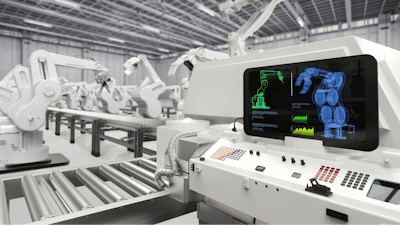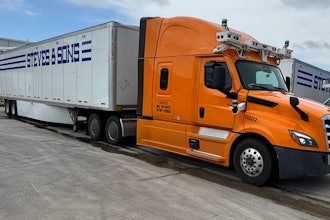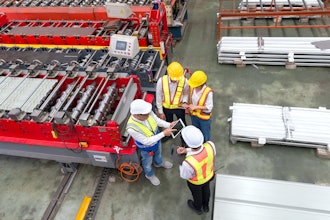
A few years back, Klaus Schwab, founder and executive chairman of the World Economic Forum, pitched a theory in support of his new book, The Fourth Industrial Revolution. Schwab is convinced that humankind is on the precipice of “a revolution that is fundamentally changing the way we live, work and relate to one another.” For Schwab, the implications are so unique and advanced they will challenge our ideas of what it means to be human.
And one quick look at the day’s news – replete with updates on driverless cars, artificial intelligence and facial recognition – is all it takes to convince me that Schwab’s theory isn’t a stretch at all. We live in a world where the average age a person gets their first smart phone is now 10 (TEN!), and there are more gadgets on this earth than there are people.
It’s clear that the pace at which the American populace embraces connected devices is increasing. And with that said, it only makes sense that the business landscape would be embracing this all the more readily.
Yet, according to a recent report published by the World Economic Forum and McKinsey Group, “Global Lighthouse Network: Insights from the Forefront of the Fourth Industrial Revolution,” the gap between the most successful innovators and the rest of the industry is widening.
The report calls these successful companies “Lighthouses,” and identifies them by their ability to deploy advanced manufacturing techniques. The researchers say that, out of 1,000 companies observed, only 44 achieved this status.
That means the vast majority of us sit in the same boat: Those non Lighthouses, too focused on our current production run to even pause to think about what transformation would look like. And it’s easy to say there’s no time in the day to think about enterprise transformation because, frankly, there isn’t. Or, there isn’t until you think about the possible impacts.
According to McKinsey:
- 70% of manufacturers are unable to bring manufacturing innovation to scale and are at higher risk of permanently falling behind Lighthouses.
- Only three of the 44 Lighthouse companies are U.S. businesses, meaning Europe and Asia are embracing 4IR tech much faster.
So is the fourth industrial revolution, when it comes to the vast majority of manufacturers, just wishful thinking?
It doesn’t have to be, but the report says businesses have to take a few key steps to free themselves from “pilot purgatory.” Number one? Be attentive to the Fourth Industrial Revolution leaders, lest you be left behind. The report also cautions observers against viewing 4IR as solely machine driven; it’s about people too. A common thread among Lighthouse companies is an investment in enabling their workers through training to upskill them for the changing tasks. “They have kept people at the center,” says the report, “empowering them to realize their full potential alongside that of digital technology, demonstrating that true Fourth Industrial Revolution innovation is directly entwined with people and that the Fourth Industrial Revolution is, after all, a human enterprise.”
So 4IR is about workers as much as it’s about technology, but the key point the report tries to relay is that manufacturers need to take a nod from the best in the business in order to make some progress. A good first step? Download the report, look at the “change stories” of the newly designated Lighthouse companies, and try to envision what your change story might look like.
The report’s authors say they expect 4IR technology to yield $3.7 trillion in value as soon as 2025 and, right now, American companies are lagging in their ability to capture it. But if you take the right steps, you don't have to be one of them.






















